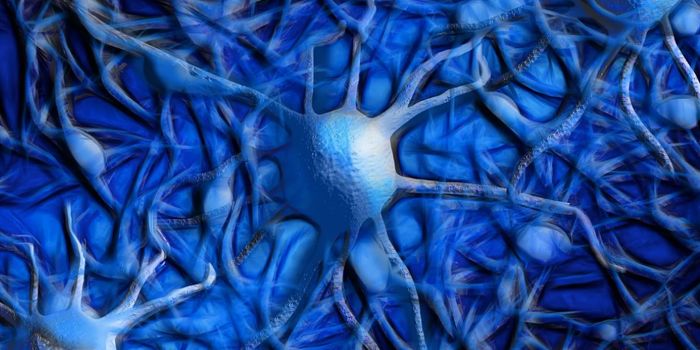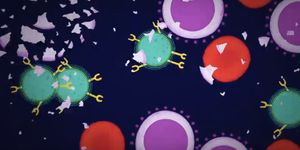Using a Bacterial Syringe to Deliver Proteins to Cells
Some bacteria can produce powerful toxins, and they have developed sophisticated ways to deliver them to host cells. Last year, Stefan Raunser, Director at the Max Planck Institute for Molecular Physiology in Dortmund and his research team learned how the bacterium that causes the Plague injects a poisonous toxin into the cells of an infected host (described in the video below).
Now they have figured out how to replace that toxin with other substances; their ultimate plan is to use this system to deliver therapeutics to sick cells. Their findings have been reported in Nature Communications.
When bacteria infect a host organism, they can act like a needle or 'nano-syringe,' which creates a channel through the outer layer of host cells. That allows the toxin to pass from the bacterium into a host cell, where the poison attacks the structure of the cell and causes the cell to die. Their findings used a sophisticated technique called cryo-electron microscopy, which can reveal the three-dimensional structure of molecules.
Now Raunser's team has been able to replace the bacterial toxin in the nano-syringe with alternative proteins. The proteins must have certain characteristics, however: they have to be a certain size, they can't interact with the toxin's capsule, and they must have a positive charge.
"With this technique, we have taken the first step towards our ultimate goal of using these nano-syringes in medicine to introduce drugs into body cells in a targeted manner," noted Raunser.
The bacterium's nano-syringe has to be docked on a host cell in order to transfer the molecules it contains. Such a bacterium can trick a cell into allowing this to happen. The researchers also want to exploit this process for therapeutic purposes.
"We are currently looking for the toxin's 'docking stations.' Once we have found them and understood how the toxin binds to the cell surface, we aim to specifically modify the injection mechanism so that it can recognize cancer cells. We could then inject a killer protein exclusively into tumor cells. This would open up completely new possibilities in cancer medicine with minimal side effects," Raunser explained.
Sources: Phys.org via Max Planck Society, Nature Communications








